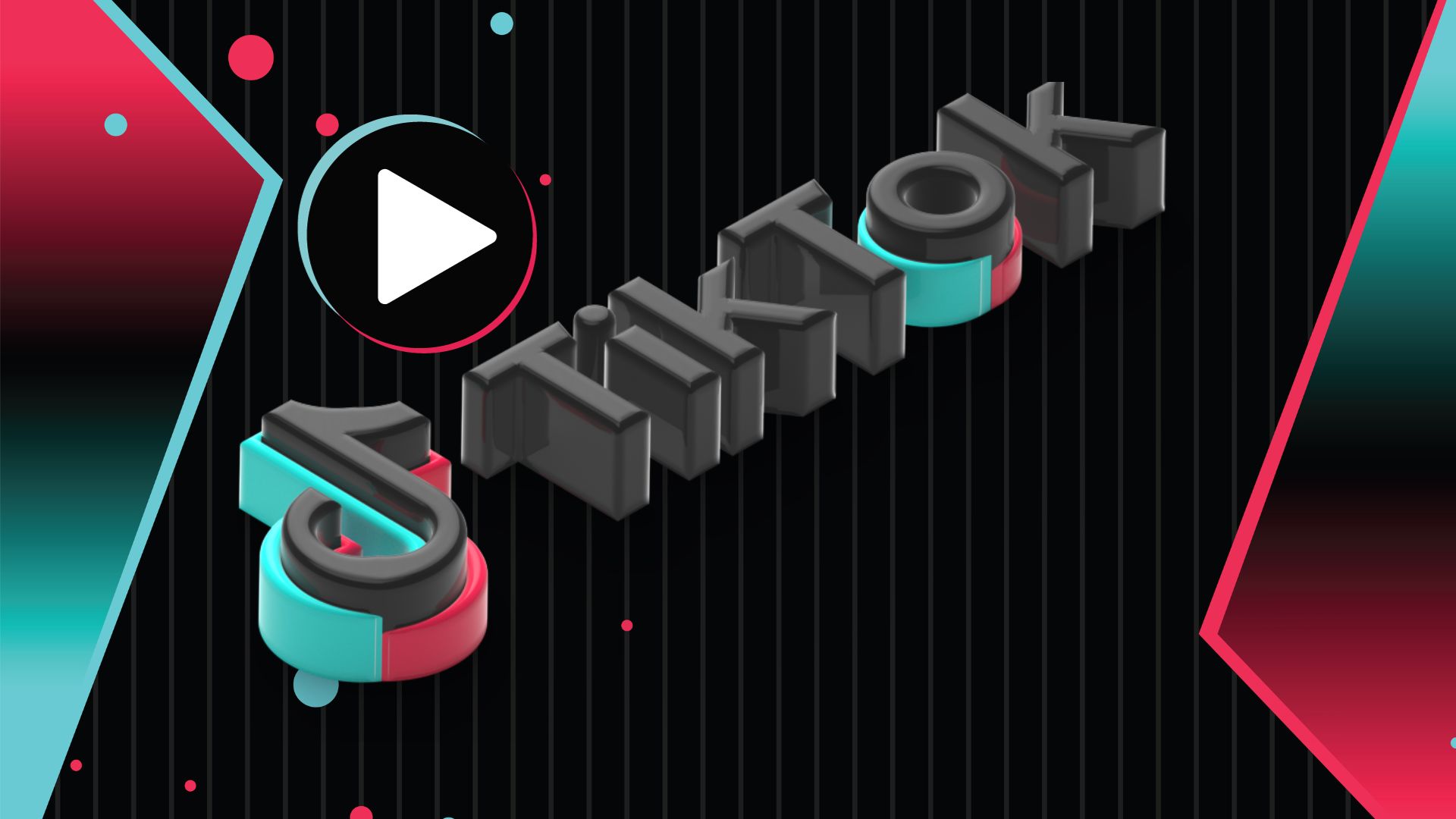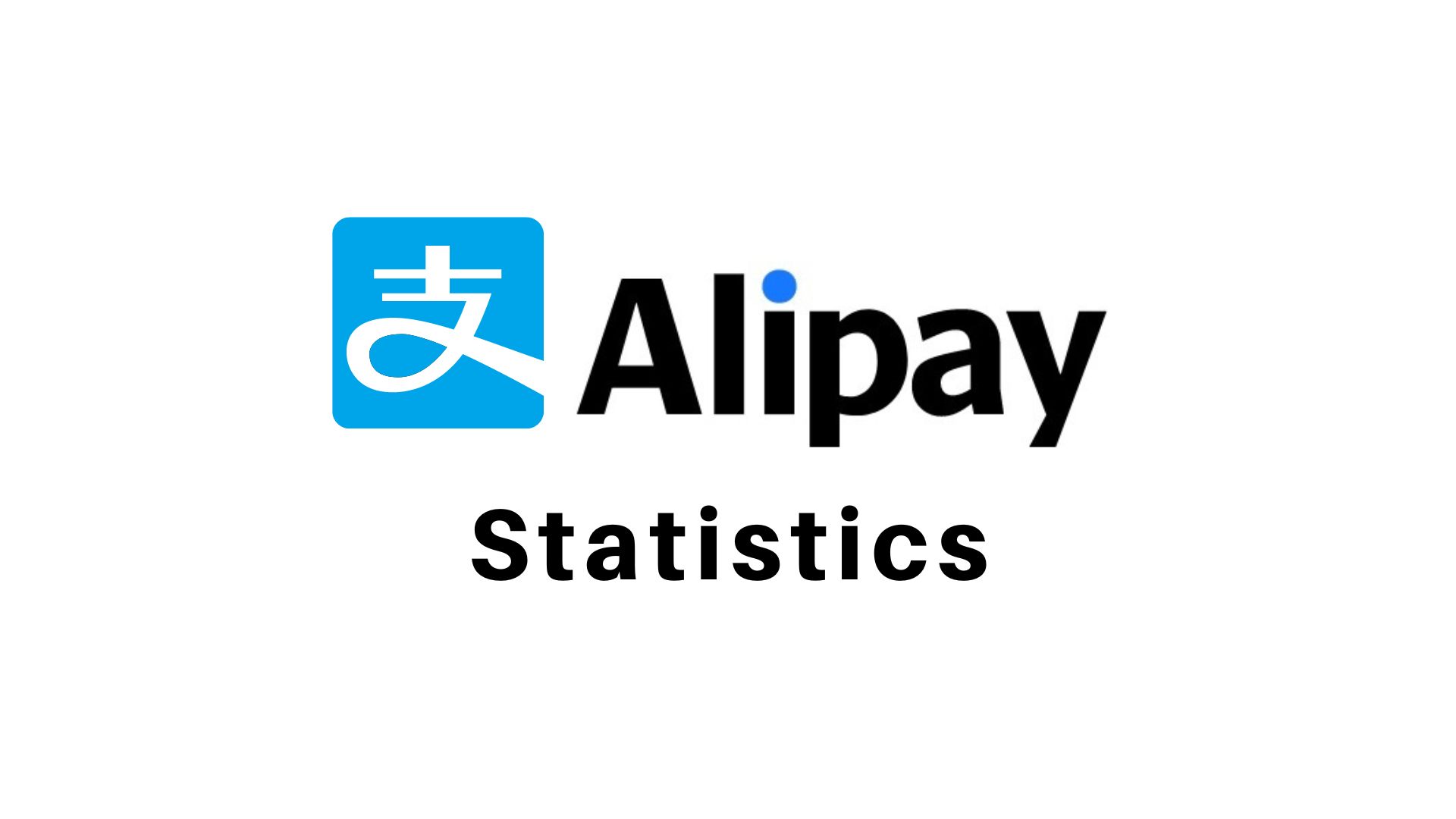Cutting through Internet of Things Hype
The early buzz around the Internet of Things (IoT) included breathless accounts of refrigerators that could alert you that your milk was about to go bad and when you should reorder eggs or other staples. Why go to all that trouble, though, when a simple glance at the contents of the fridge or a sniff of the milk bottle is all you need?
Yet such examples highlight a big challenge facing IoT. If you accumulate massive amounts of data from every conceivable device, component and object, you must be able to justify the expense in terms of storage, compute power, networking and sensors with a compelling business case.
Turning IoT Data into Gold
Dan Vesset, an analyst at International Data Corp. (IDC), stressed the importance of data monetization for IoT, focusing on how it could be harnessed by media and other content-centric businesses to add value. Citing Clive Humby, who is credited with saying that data is the new oil, Vesset used an oil refinery example.
“Data is valuable like crude oil, but it is unrefined and has to be processed into valuable products,” he said. “That means it has to be broken down, analyzed and reassembled.”
The emergence of IoT, he said, has made it clear that people are often willing to pay a premium for the right kind of data. MasterCard Advisors, for example, offers aggregated data and analysis, as well as consulting. Intuit uses QuickBooks data to offer small businesses insights to show how they are doing compared to others in their industry. These are offered as additional business services for a fee.
“You could look upon this as Big Data for the little guy,” said Vesset.
The desire to mine extra value from data is driving data-driven companies to acquire other firms who possess the kind of data they need to offer more valuable services. Examples: Twitter acquired Gnip, IHS acquired RL Polk, LexisNexis acquired Enclarity, and Thompson Reuters acquired Kortes.
IoT Business Cases
IoT takes this focus on data to a whole new level. Take the case of John Deere, famous for its tractors and farm equipment. For decades, its business model has been built around selling equipment. But its use of Big Data analytics and IoT created a preference to lease rather than sell. This enables it to leverage the data it gathers from machines and components to predict performance, maximize maintenance efficiency and offer more services.
Vesset gave another example: An oil company saved tens of millions of dollars by utilizing IoT data that warned them in time so they could prevent a drill head from falling into the ground. This was made possible by installing sensors in a lot more places and paying close attention to their outputs. Aviation companies are also looking to leverage IoT to save hundreds of millions of dollars a year by making better decisions about make better decisions about route planning and maintenance schedules, among other areas.
This concept is appearing more and more in consumer services. “Everything is being tracked now about us as consumers,” said Vesset. “There is a lot of opportunity for companies that can monetize data successfully.”
To succeed, though, it isn’t a case of just gathering lots of IoT data and analyzing it. There is still the need for the proper methods of extracting, integrating, enhancing with other sources (like geo-location, and weather information) and cleansing it to take out errors and duplication. This opens up many opportunities for companies who specialize in content extraction, search, ETL (extract, transform, load), data quality, data visualization and analysis.
It isn’t necessarily a tough sell. Most of the business world is already accustomed to paying for external data or data-driven services. According to IDC, 70 percent of large organizations already purchase external data and 100 percent will do so by 2019.
“Rapid growth will elevate data quality, privacy and data governance issues onto the executive agenda,” said Vesset. “The biggest company in the world right now is Walmart and that might well be because it used data better than other retailers.”
A Better IoT Mousetrap
While smart refrigerators may be a bit of a stretch, a company named Schneider Electric intends to literally build a better mousetrap. Unlike the refrigeration case, an IoT-enabled mousetrap offers significant business potential. By adding sensors to traps, it becomes possible to offer a rodent removal service rather than just selling traps. This switches the business model from a one-time sale to a monthly subscription fee.
“The value is not in the device that traps rodents but in the service of removing them once they are caught,” said Mark Smith CEO, Ventana Research. “Restaurants, farms and grain stores will pay to have them removed the same day, rather than risk a fine or reputational hit due to decomposing rats being discovered in the attic during an inspection.”
Schneider Electric is taking its realization that services are more important than devices to other aspects of its electronics business. Instead of selling thermostats, it’s now giving them away free to companies that will pay a monthly subscription fee. To make this work, they added sensors to the devices so they can detect sound, motion and temperature.
If the temperature drops or no sound and motion are detected, the system is programmed to conserve energy. The value proposition: The company guarantees a 20 percent energy reduction, which typically yields greater savings than the monthly charge.
According to Ventana, 21 percent of organizations have improved business processes significantly by using Big Data analytics, while 36 percent are utilizing streams of event data from applications and machine data.
IoT Challenges
Still, improvements are needed. About half of companies say they spend too much time reviewing data for quality and consistency. In addition, 46 percent complain about data preparation, 39 percent struggle to connect the related data sources and 36 percent experience integration issues.
Companies' confusion about what they want to achieve from the flood of IoT data is contributing to these problems, said Tony Cosentino, an analyst with Ventana Research. In his view, IoT is of more value in operational intelligence than in strategic intelligence.
“As IoT is real time or near real time, it is of most value in making immediate or same-day decisions,” Cosentino said. “The faster you can integrate data in the data store and analyze it, the more successful you will be with IoT.”
IoT is definitely not for the faint of heart. Ventana surveys show that more than half of companies lack confidence in their ability to process large data volumes at high velocity. Those wishing to come to terms with IoT, therefore, are advised to take a page out of Schneider Electric’s book and figure out how they can profit from IoT.
“IoT requires new thinking,” said Cosentino. “Move beyond a query and report mentality into more of an event-centric mentality.”
Drew Robb is a freelance writer specializing in technology and engineering. Currently living in Florida, he is originally from Scotland, where he received a degree in geology and geography from the University of Strathclyde. He is the author of Server Disk Management in a Windows Environment (CRC Press).

Drew Robb is a writer who has been writing about IT, engineering, and other topics. Originating from Scotland, he currently resides in Florida. Highly skilled in rapid prototyping innovative and reliable systems. He has been an editor and professional writer full-time for more than 20 years. He works as a freelancer at Enterprise Apps Today, CIO Insight and other IT publications. He is also an editor-in chief of an international engineering journal. He enjoys solving data problems and learning abstractions that will allow for better infrastructure.


